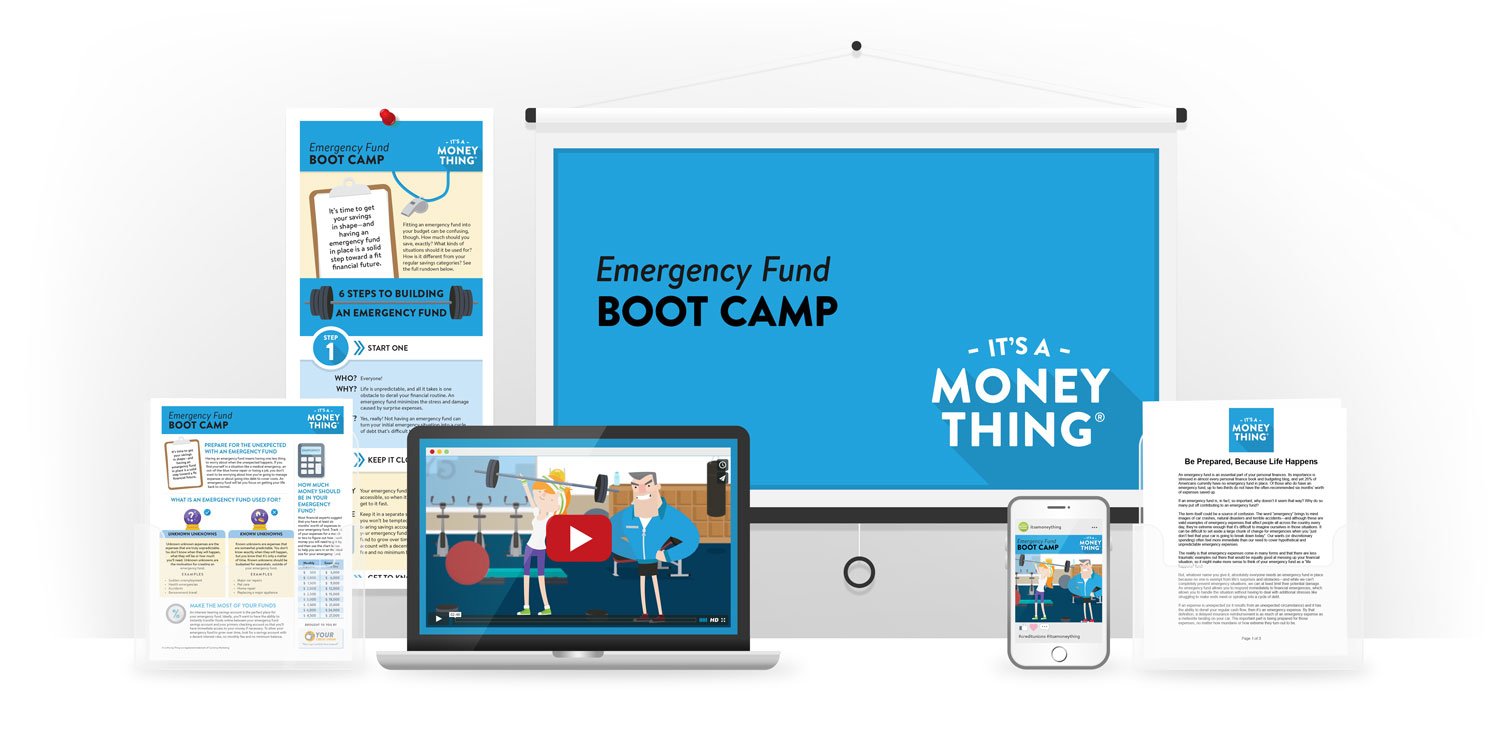The looming retirement savings crisis: an analysis
Photo by Mart Production
Is there a retirement savings crisis ahead? For North Americans who have recently dipped into their retirement savings, the answer is likely yes. This article delves into the impact of inflation on retirement savings revealed in a recent survey. We'll also explore broader financial challenges facing Americans and Canadians, discussing potential solutions, with a focus on the role of credit unions.
In 2022, U.S. inflation reached a 40-year high, profoundly affecting retirement savings. The most recent P-Fin Index, conducted by the TIAA Institute and GFLEC at George Washington University, found that 25% of U.S. workers reduced retirement savings due to inflation, with 12% discontinuing contributions. The Hispanic American community was particularly hard-hit, with 24% stopping savings efforts altogether and 40% saving less.
Broader financial indicators
The P-Fin Index's findings extend beyond retirement savings, revealing a broader financial crisis:
30% of respondents consistently struggled to make ends meet, a jump from 24% in 2021
26% found themselves burdened by debt, up from 20%
40% lacked non retirement savings to cover a single month's living expenses, an increase from 32%
The survey also underscored demographic and gender disparities.
Around 40% of Black, Hispanic and Gen Z participants consistently faced financial challenges
Roughly half of each group lacked the financial cushion to cover a month's living expenses
Approximately one-third of Black, Hispanic, Gen X and Gen Y participants felt debt-constrained
One in four couldn't correctly answer seven of the 28 survey questions
On average, men answered 25% more questions correctly than women, with response rates of 53% and 43%, respectively
Consequences
People with low financial literacy were twice as likely to reduce retirement savings and four times more likely to stop contributions compared to their financially literate peers. These individuals also faced:
4 times higher likelihood of struggling to make ends meet (44% compared to 10%)
3 times the risk of being burdened by debt (34% compared to 12%)
4 times the probability of lacking emergency savings for one month's living expenses (56% compared to 13%)
Credit unions are already providing retirement and financial planning services. However, there's room for additional support in addressing the gaps identified by the P-Fin Index. One potential solution is the implementation of a comprehensive financial education program.
A program designed for all ages, cultures and economic backgrounds could significantly enhance financial literacy among credit union members and help mitigate the impact of inflation on retirement savings. This approach is a win-win scenario: improving member financial literacy strengthens financial well-being and enhances the financial performance of credit unions.
To learn more about our It’s a Money Thing Financial Education Program, click the link below.
Tim McAlpine is the Founder & CEO of Currency Marketing. He is best known for developing the It's a Money Thing Financial Education Program that credit unions from around North America are using to connect with new young adult members. He is also a driving force behind CUES Emerge, an emerging leader program that combines online learning, peer collaboration and an exciting competition component.






